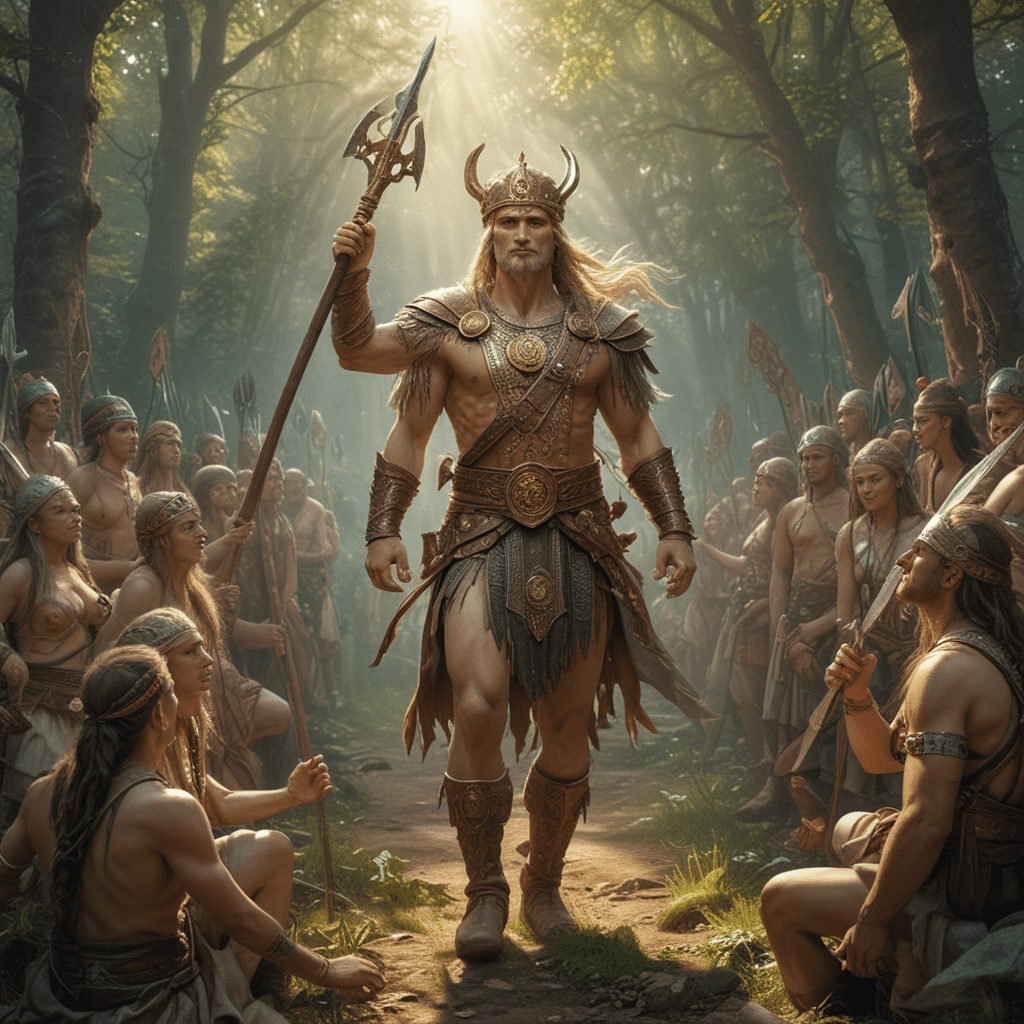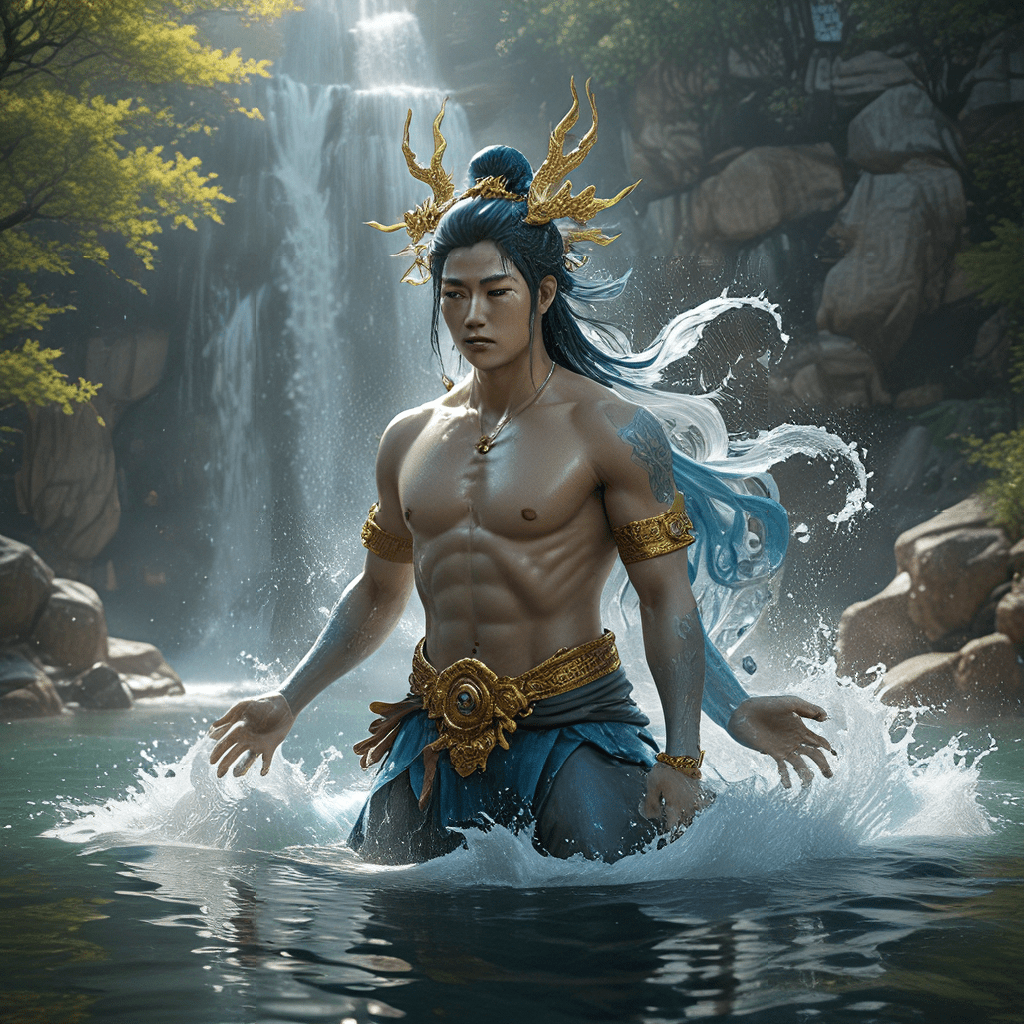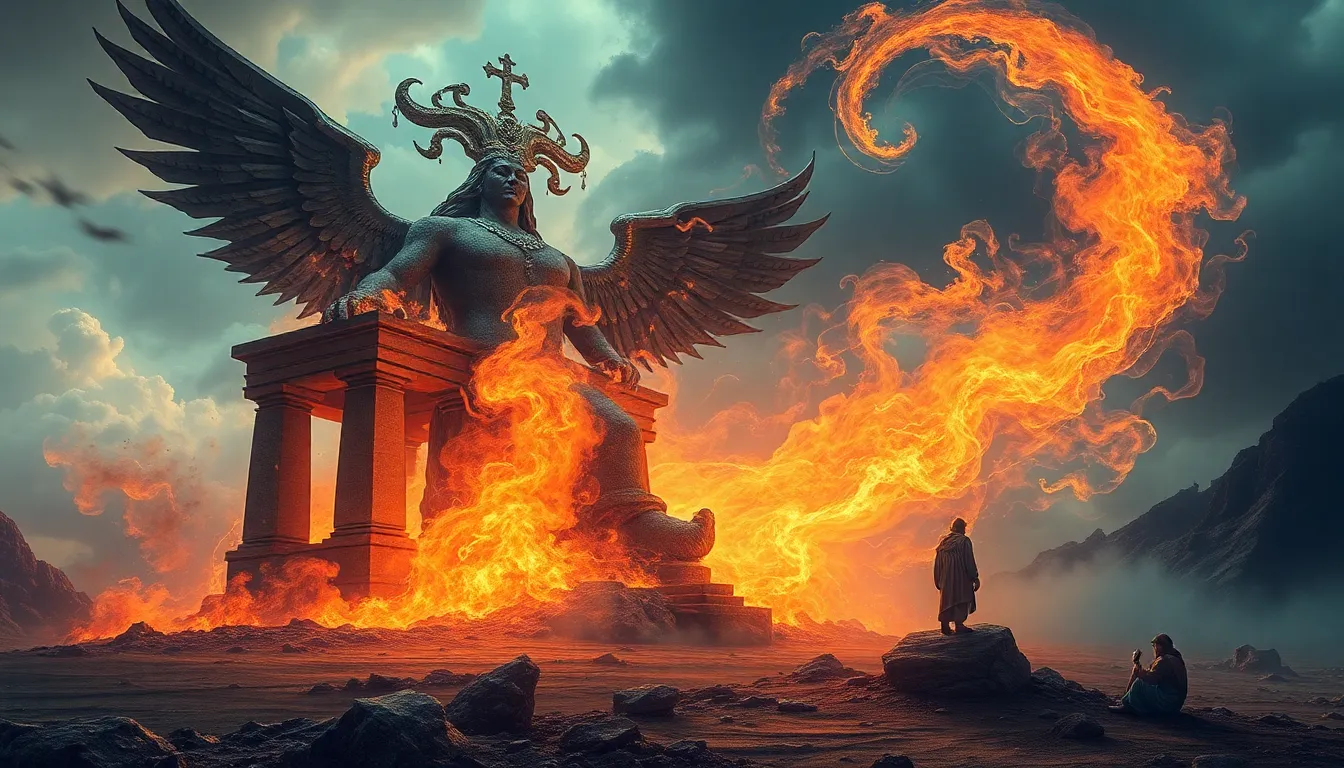Slavic Mythology: An Overview
Slavic mythology, a captivating tapestry of myths, legends, and beliefs, flourished among the Slavic peoples of Eastern and Central Europe for centuries. Its rich and diverse traditions, passed down orally through generations, offer a profound glimpse into the Slavic worldview and their connection to the natural world.
Slavic mythology is characterized by a pantheon of gods and goddesses, each embodying specific aspects of nature or human existence. Perun, the thunder god, wielded lightning bolts as a symbol of strength and protection. Veles, the god of the underworld, ruled over the realms of darkness and fertility. Mokosh, the goddess of fate and water, commanded the waters and controlled human destinies.
The Slavic cosmos was believed to be a three-tiered realm. The upper realm, known as Vyraj, was inhabited by the gods and celestial beings. The middle realm, called Yav, was the realm of humans and the living world. The lower realm, known as Nav, was the domain of the dead and spirits.
Celtic Mythology: Similarities and Differences
Celtic mythology, originating from the ancient Celtic people of Western Europe, shares striking similarities with Slavic mythology. Both traditions feature a pantheon of gods and goddesses associated with nature, war, and fertility.
A notable commonality lies in the reverence for trees and forests. The Celts regarded trees as sacred beings, while the Slavs believed that each tree possessed a spirit. Additionally, both cultures had a profound belief in reincarnation, with the cycle of rebirth being a prevalent theme in their myths.
However, there are also distinct differences between the two mythologies. The Celtic gods and goddesses were often depicted as more human-like than their Slavic counterparts. Celtic mythology placed a higher emphasis on heroes and epic battles, while Slavic mythology focused more on the supernatural aspects of the world.
Norse Mythology: Commonalities and Divergent Beliefs
Norse mythology, the captivating tales of the Vikings and other Scandinavian peoples, exhibits both similarities and differences when compared to Slavic mythology. Like the Slavs, the Norse believed in a pantheon of gods and goddesses, with Odin, the Allfather, presiding over the realm of Asgard.
One notable shared belief is the concept of Ragnarök, an apocalyptic event that would bring about the end of the gods and the world. Both cultures also emphasized the role of fate and prophecy in human lives.
However, Norse mythology differs from Slavic mythology in its focus on physical strength and warfare. The Norse gods were often depicted as powerful warriors, engaging in battles and duels. Slavic mythology, on the other hand, placed more emphasis on the elements and nature spirits.
6. Greek Mythology: Parallels and Contrasts
Greek mythology, renowned for its gods, heroes, and epic tales, exhibits striking parallels and contrasting elements with Slavic mythology. Similarities emerge in the concept of pantheons, with Zeus in Greek mythology holding a parallel position to Perun in Slavic mythology as the supreme deity. Both cultures shared a belief in the power of fate, personified by the Moirai in Greek mythology and the Rod in Slavic mythology.
7. Egyptian Mythology: Influences and Interconnections
Ancient Egyptian mythology, with its elaborate pantheon and rich iconography, influenced Slavic mythology in various ways. The notion of Ma'at, the goddess of truth and justice, finds an echo in the Slavic goddess Pravda. Additionally, the Egyptian belief in the afterlife and the judgment of the dead resonated with Slavic mythology, shaping the concept of Nav and the importance of honoring ancestors.
8. Mesopotamian Mythology: Ancient Roots and Shared Motifs
Mesopotamian mythology, stemming from the ancient civilizations of Sumer, Akkad, and Babylon, played a significant role in shaping Slavic mythology. The concept of a creation myth, with gods emerging from primordial chaos, is shared between the two mythologies. Moreover, the Mesopotamian epic of Gilgamesh, narrating the quest for immortality, bears similarities to Slavic tales of heroes seeking eternal life.
9. Native American Mythology: Connections Across Continents
Despite geographical distance, Native American mythology exhibits connections with Slavic mythology. Both traditions emphasize the importance of nature, with spirits and deities intertwined with the elements and animal world. The concept of guardian spirits, venerated in Native American cultures, finds parallels in Slavic mythology, where spirits or mythical beings are associated with specific individuals or places.
10. Indo-European Mythology: Common Heritage and Diverse Traditions
Slavic mythology forms part of the broader Indo-European mythology, which encompasses a vast array of traditions across diverse cultures. Shared elements, indicative of a common ancestral heritage, include the veneration of sky gods, thunder deities, and the concept of a three-tiered cosmos. However, each culture developed unique interpretations and variations, giving rise to distinct mythological systems.
Frequently Asked Questions (FAQs)
Q: What are the main features of Slavic mythology?
A: Slavic mythology centers around a pantheon of gods and goddesses connected to nature, fate, and the elements. It emphasizes the importance of ancestors and the supernatural world, with beliefs in spirits and otherworldly beings.
Q: How does Slavic mythology compare to other mythologies?
A: Slavic mythology shares similarities with Celtic, Norse, Greek, Egyptian, Mesopotamian, Native American, and Indo-European mythologies. Common elements include the concept of a pantheon, belief in fate, and reverence for nature.
Q: What is the significance of fate in Slavic mythology?
A: Fate plays a crucial role in Slavic mythology, personified by the goddess Rozhanitsy or Sudenitsa. Slavic beliefs centered around the idea of predestination and the influence of spirits on human destiny.



